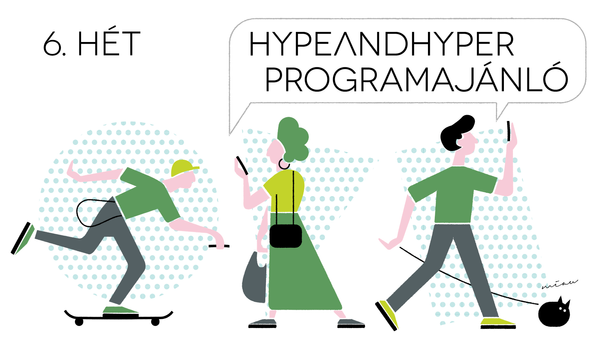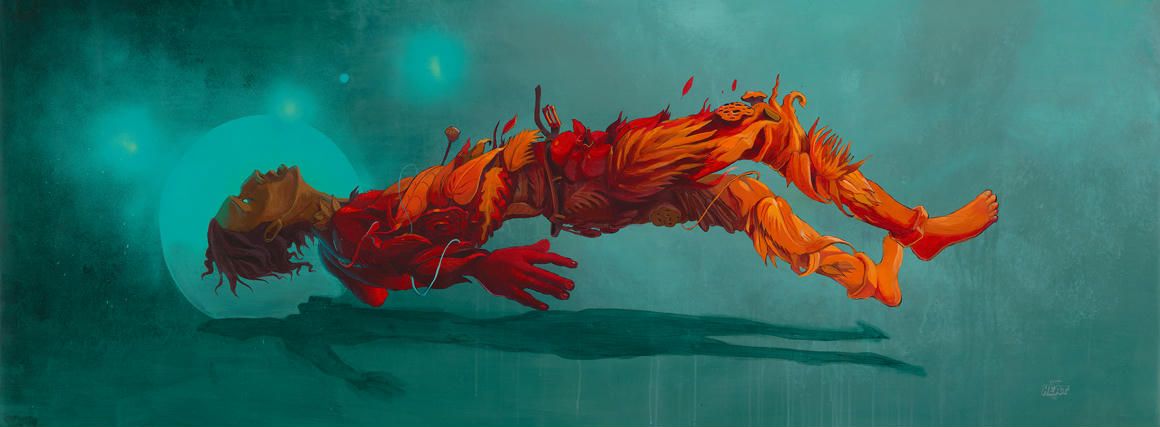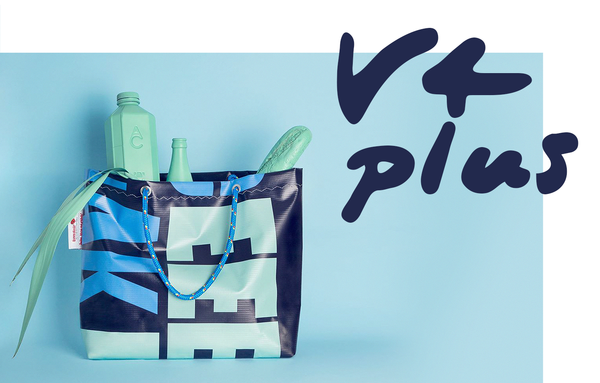How can one earn a living from their teenage hobbies? How is the genre of graffiti and street art perceived today? How should one imagine the graffiti scene? We discussed questions like this with Fat Heat, one of the internationally renowned representatives of Hungarian street art, the artist winning the audience prize of last years Festival of Lights in Berlin.
Let’s start from the beginning: how did you first encounter graffiti?
It is surreal to say this at the moment, but I started to paint in 1998. In the country town I grew up in, some graffiti appeared on the walls towards the end of my elementary school years. Being a small town, this was quite a sensational phenomenon, especially because it was not obvious who did it, why they did it… For me, this mysteriousness and furtiveness was what made it so special, and soon I started to scribble, too. And so I ran into other people in the neighborhood who were doing it too, and then I ended up in a team from Eger, with whom we started things like painting trains and rougher walls.
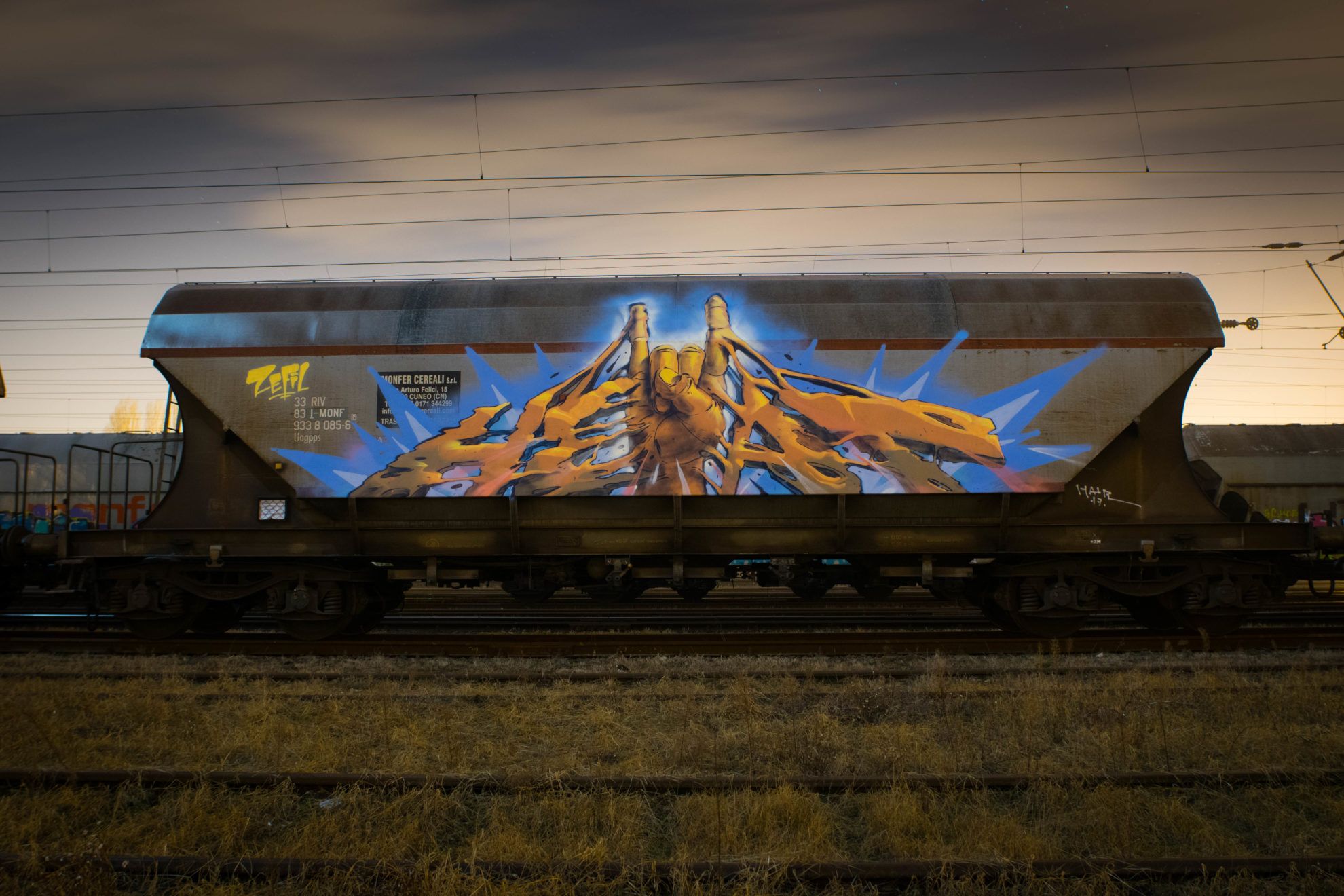
I guess you didn’t know at this time that one day you would earn your living from this.
No, but I already knew during my university years that if I have to find a job with a business informatics degree (this is what I studied), I messed something up really bad. Graffiti accompanied me all through the years: I had my first successes, first positive feedback and some graphics and web design jobs during university. So I dropped out of school and decided to keep pursuing painting until I could make my living out of it. This, by the way, is a dangerous game, as you risk your creative freedom to earn money. But I think one can find the balance, where you can do your own stuff and express your thoughts on the one hand, and you also do some jobs, in the case of which you accept that you are essentially an executor and it is okay that you don’t put yourself in it. Luckily, in my case, there are some times when these two can meet: I get more and more projects from all across Europe where I get a free hand.
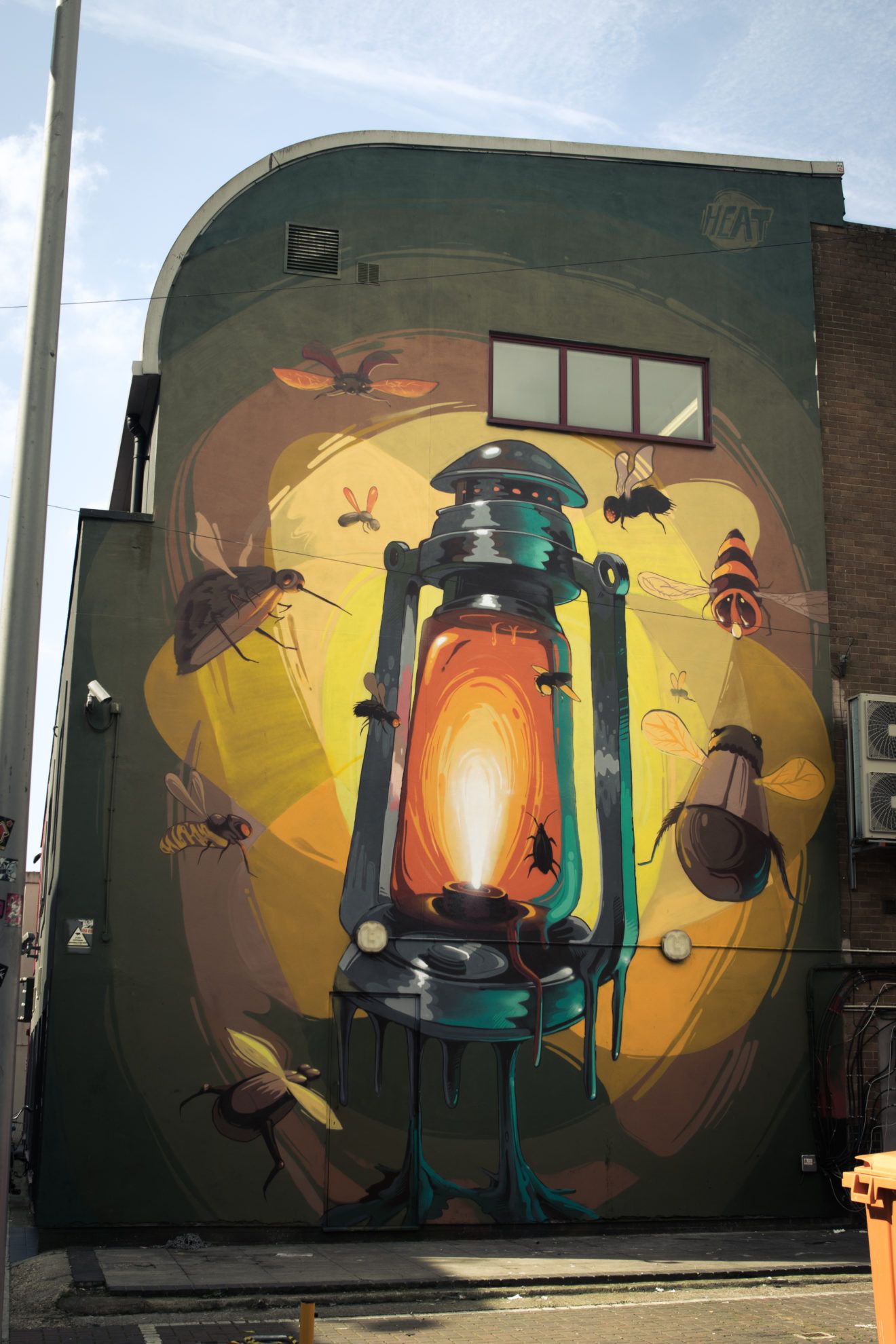
Let’s move on to specific projects: are there any pieces that you particularly like to look back on or that you consider your favorite?
There are some of this kind – almost every big wall that comes with heavy physical challenges, and which we almost always complete within about half the time that we would otherwise need. Yet these make very nice memories to look back on. I would like to mention two walls of this kind: we made one of them near Moscow in August last year. It was a collaboration with Boogie, a German artist living in Switzerland, and TransOne Marci, with whom I work with regularly. We painted a 800 square meter wall, and we faced every challenge possible: both the weather and the Russians gave us a hard time, for example, we only had 7 days instead of the 11 planned originally.
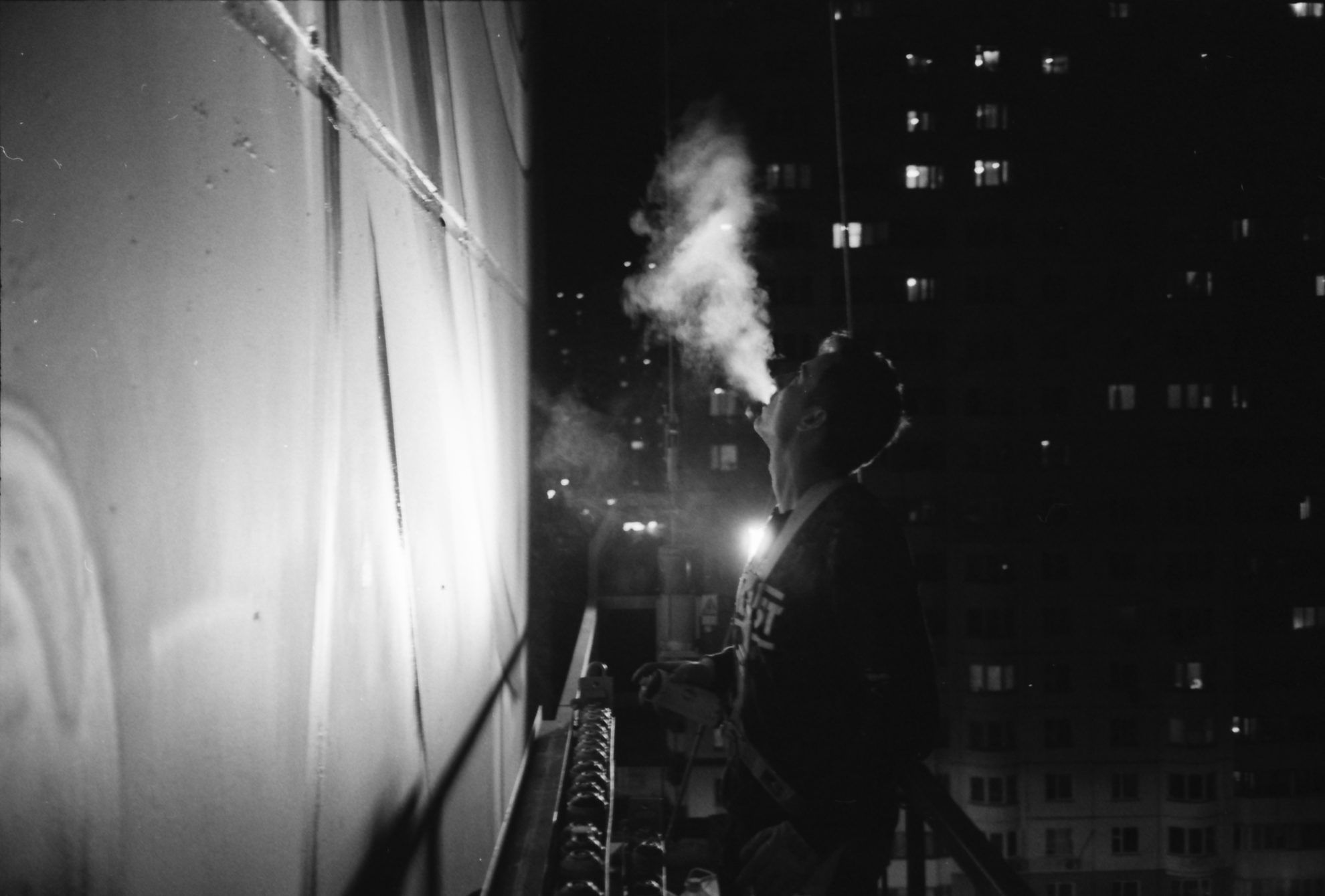
The other one is a project created with augmented reality, which I did with Bea Pántya in Budapest, on a firewall on the corner of Arany János utca and Sas utca – I consider this a very loveable piece.
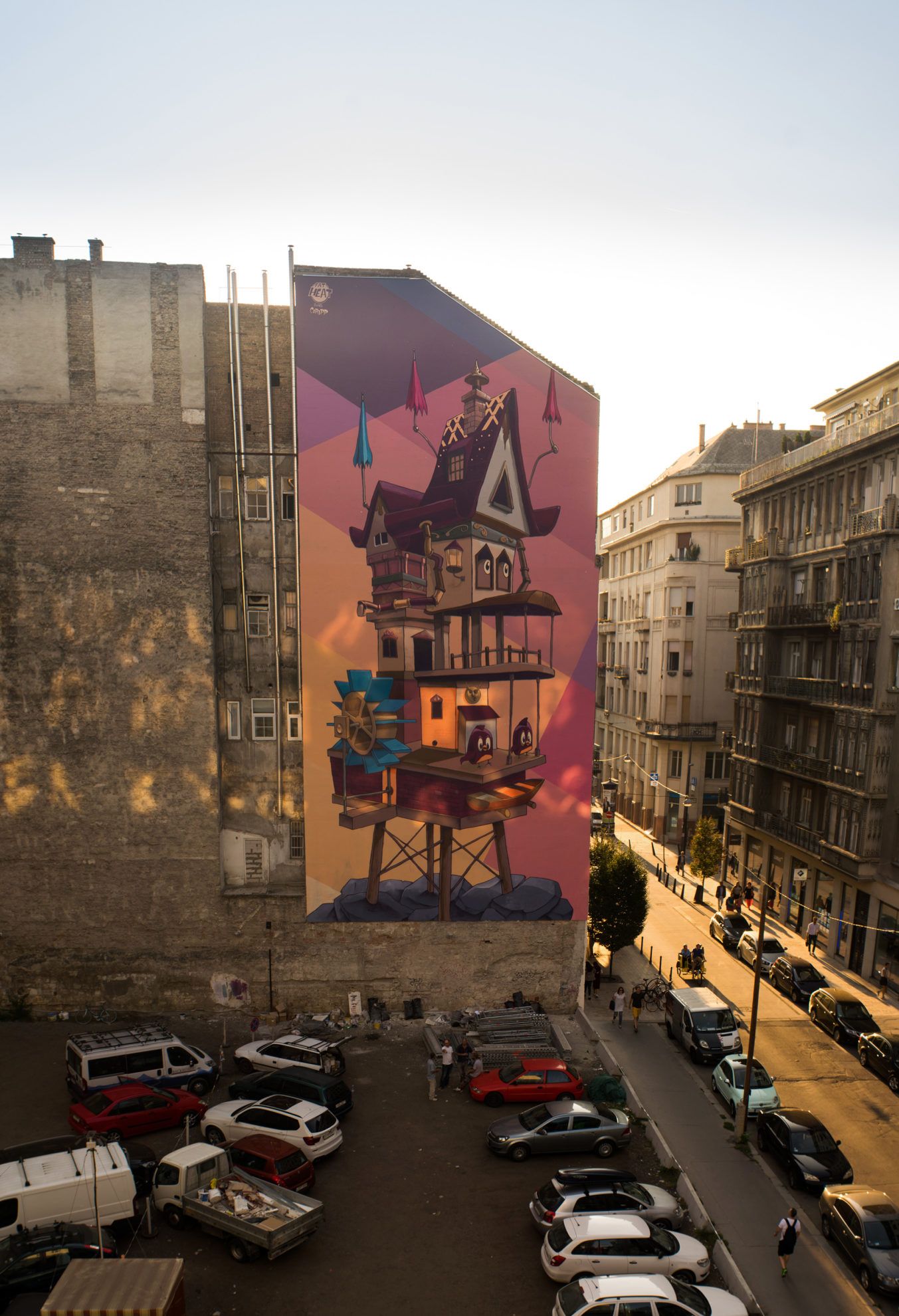
Based on the audience prize in Berlin, you receive quite positive feedback in relation to your work. What are your general thoughts, how is the genre of graffiti and street art perceived in 2020?
This is a quite complex question. I think it benefits the environment at a lots of places, even despite how much of an egoist graffiti can be. There is the shock-jock type, when they do the images for the act of painting and for adrenaline (for example on metros and trains) – most probably, these will always make people angry, this is how it has always been and this is how it will always be. At the same time, graffiti is indisputably an important part of culture. I get it that people don’t like tags and scribbles, but what I also know is that the people who will do the big fancy ones have to climb these steps, too. It is also sure that today, the boundaries between graffiti and street art have merged, and most of the times laymen don’t even try to distinguish between the two.

On a global scale, where is street art the most inspiring for you?
I cannot pick a single city, rather some events. One of them is Roskilde Festival, which is basically a music festival in Denmark, but it is organized by two men who have been the pillars of Danish graffiti culture for more than 20 years. During the festival, unlimited amounts of paint and wall is available for 100-120 people, and world-renowned artists get together, its atmosphere is simply indescribable. It is particularly sympathetic because this is the non-profit festival that has been running for the longest time: all the money earnt is offered for charity purposes. By the way, a cow farm is transformed into a festival venue for the time of the event, built by approx. 30 thousand volunteers.
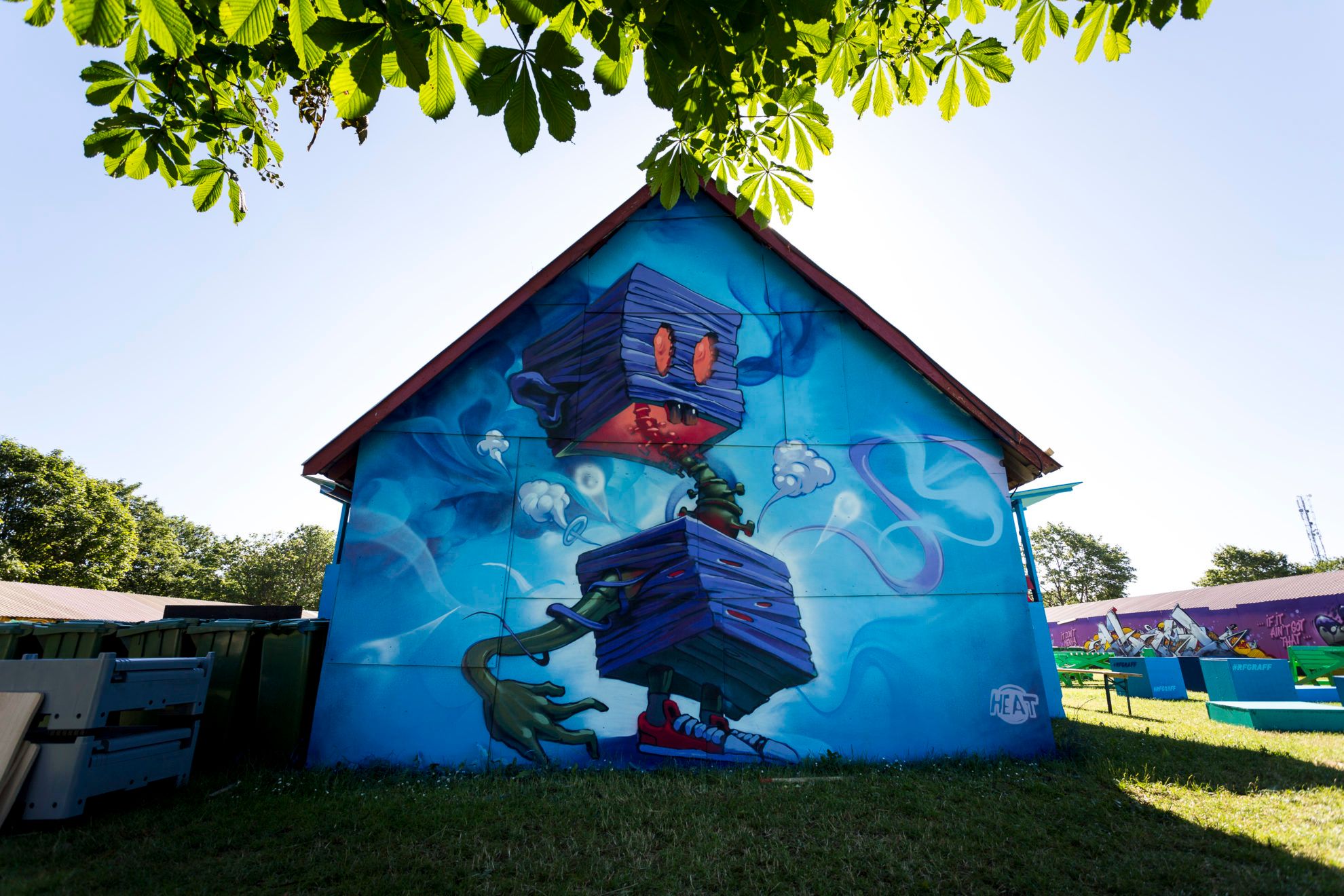
The other one that moves me deeply every time is Art Basel Miami. This is particularly exciting because it was started at a place that was formerly a ghetto, and in the beginning, this exactly made it popular, I mean that there were a lot of empty walls. Today, there aren’t any walls bigger than 2×2 meters that you could paint. This is a completely different atmosphere, here you can fight for painting, as everyone wants to show themselves, from high-end visual artists to beginner muralists. A very exciting and odd combination is formed this way, resulting in a quite intense visual experience – afterwards you almost long for not seeing colorful walls, only nature.
Is there any place where you would love to create, but didn’t manage to go yet?
Asia is a bit of a blind spot for me, I would love to go there. I am very interested in Singapore and Korea, too, but primarily in Japan, as I have been in love with Japanese woodcuts and the entire culture for long. I have heard from many friends I know from Roskilde that we should target Asia in the upcoming years.
Does the competition so characteristic of the visual art sphere also exist in graffiti art?
It is a strange phenomenon in the entire scene that there are not many of us, only a few hundred people, who travel around painting walls, and whom we sometimes ran into. This way, a bond is formed between us that I cannot compare to anything else, I have not met this kind of mentality anywhere else. It is like being in a huge group of friends, the members of which meet sometimes here and other times there randomly. The most beautiful thing in the entire graffiti culture is that once you have reached a certain level, you will have a friend in every city at whose place you can spend the night, starting from hardcore train painters to muralists.
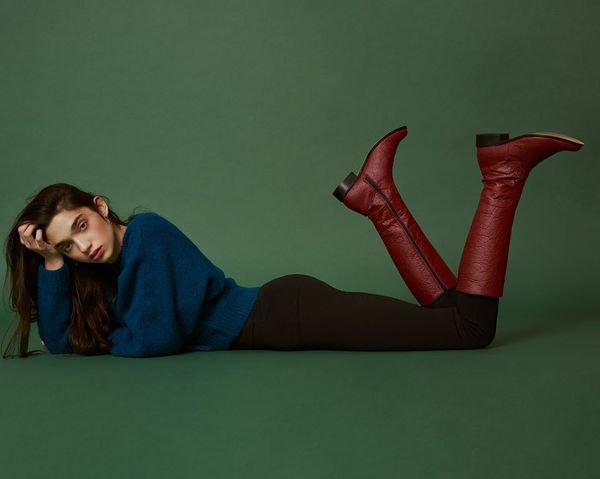
The first Polish brand to create shoes from pineapple and cactus
